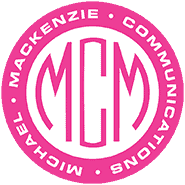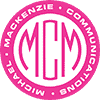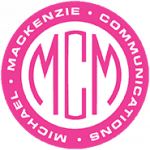Tell your audience who you are—and persuade them to respond.
Marketing can be a huge investment on the part of your organization as well as a huge asset when done right — yet so many organizations take a lackadaisical, shoot from the hip approach to their spend, often falling prey to so-called short skirt syndrome, and buying the latest marketing solution without concern for whether it is an organizational fit. Others are so overly cautious with their operational dollars that marketing becomes the last area they spend and the first to go when things get tight.
Take the Time to Plan for Your Success
At Michael Mackenzie Communications, we pick up where plans fall short. We don’t believe in a magic bullet and take pride in an approach where ideas are vetted before dollars are spent.
Our team works alongside clients to help them make pragmatic choices to adopt strategies that align with their goals. The first step in getting there is what we call a Messaging Strategy Session.
Recommended Reading


